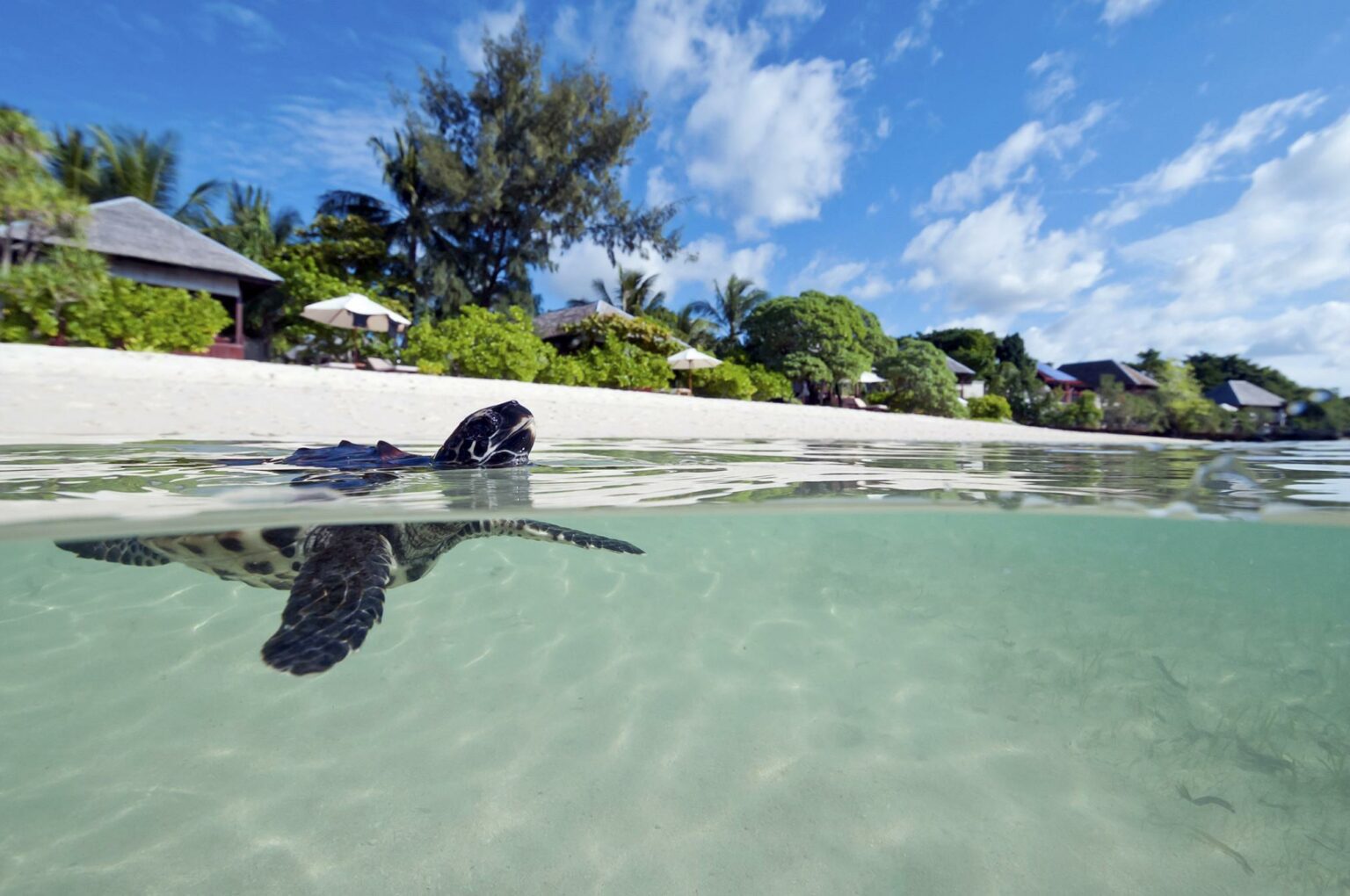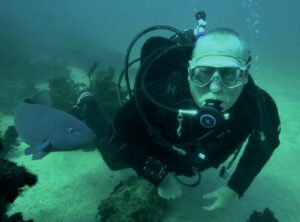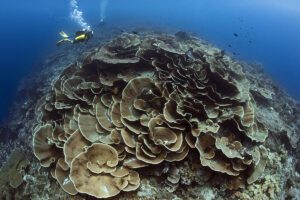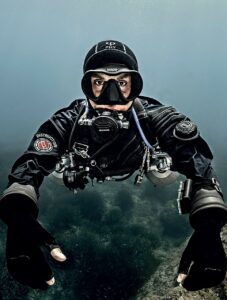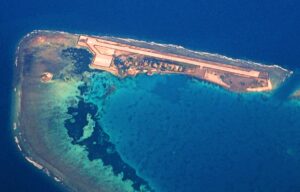Since the beginning of Wakatobi Resort over 20 years ago, this slice of paradise has been a haven and sanctuary for sea turtles to live and breed.
The pristine reefs and seagrass beds are ideal habitats for turtles, allowing them to flourish and be seen regularly by divers and snorkelers.
If you’re a fan of sea turtles, don’t miss your chance to visit this UNESCO Marine Biosphere Reserve and immerse yourself in the wonderful world of sea turtles.
The tranquil and secluded Wakatobi Resort is far off the beaten path, and certainly won’t disappoint.
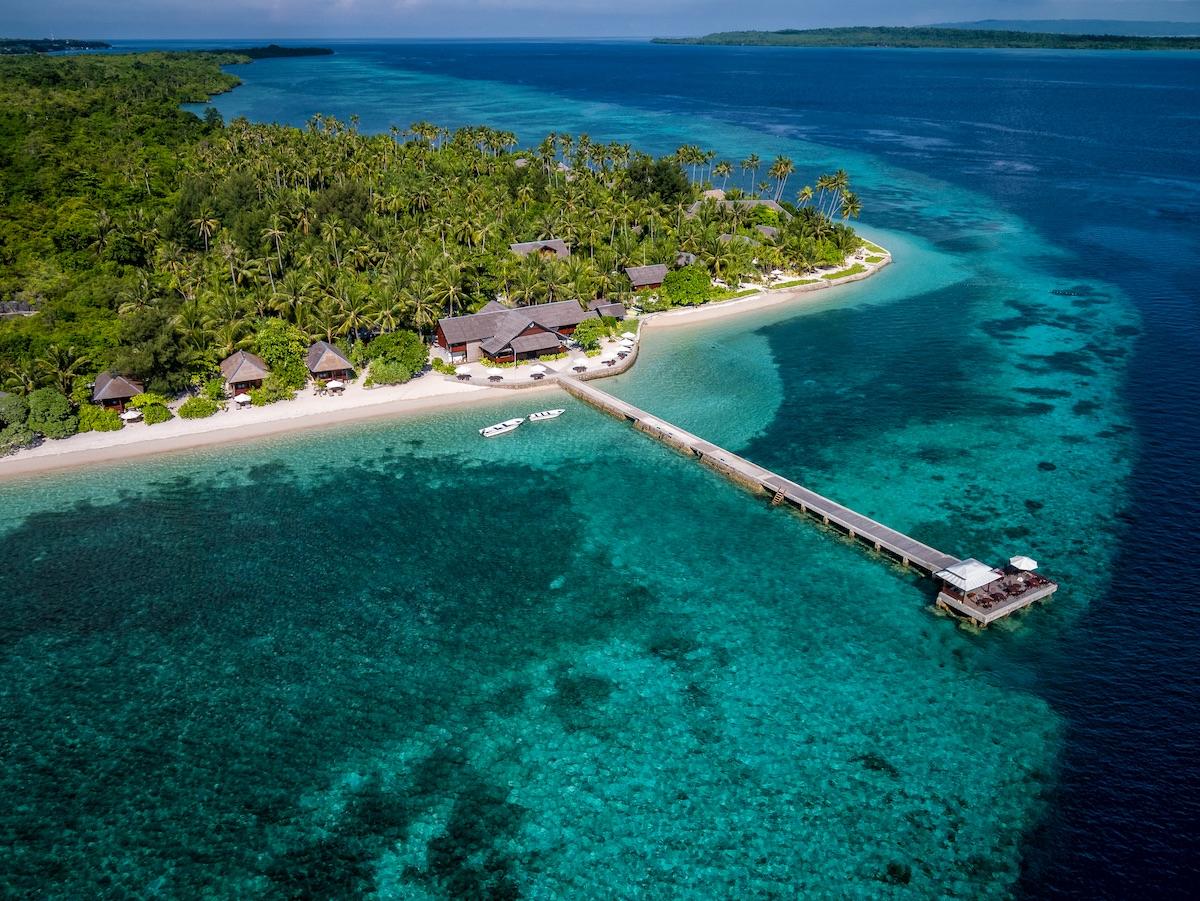
Which sea turtles can you see at Wakatobi Resort?
Go snorkelling or diving at Wakatobi and you’re most likely to see hawksbill and green sea turtles. They are some of the most commonly seen marine life at the resort.
The young turtles are often seen inshore at the seagrass beds just off the beach, resting at the surface or feeding on the bottom.
Juvenile turtles are easy to photograph thanks to abundant light in the shallows.
Adult green turtles feed exclusively on seagrasses and algae, unlike most sea turtle species, making Wakatobi Resort's seagrass beds a great place to look for these charming adults as well.
In contrast, Hawksbill turtles often forage on reefs and rock piles, using their narrow heads to reach into nooks and crannies.
Explore the vibrant reefs and you might find yourself in the company of adolescent Hawksbills as they feast on the reef sponges.
Studies have shown adult hawksbills eat more than 1000 lbs of sponges a year!
Remember to look under the reef ledges whilst you dive, as the adult turtles often rest there.
Having a day off diving? You can still spot turtles.
The beach at Wakatobi Resort is a great place to look for turtles, especially at high tide. They’re often seen cruising through the grass flats there.
Generations of green sea turtles have nested and hatched at Wakatobi Resort beach, meaning you may get lucky and spot them on the shore.
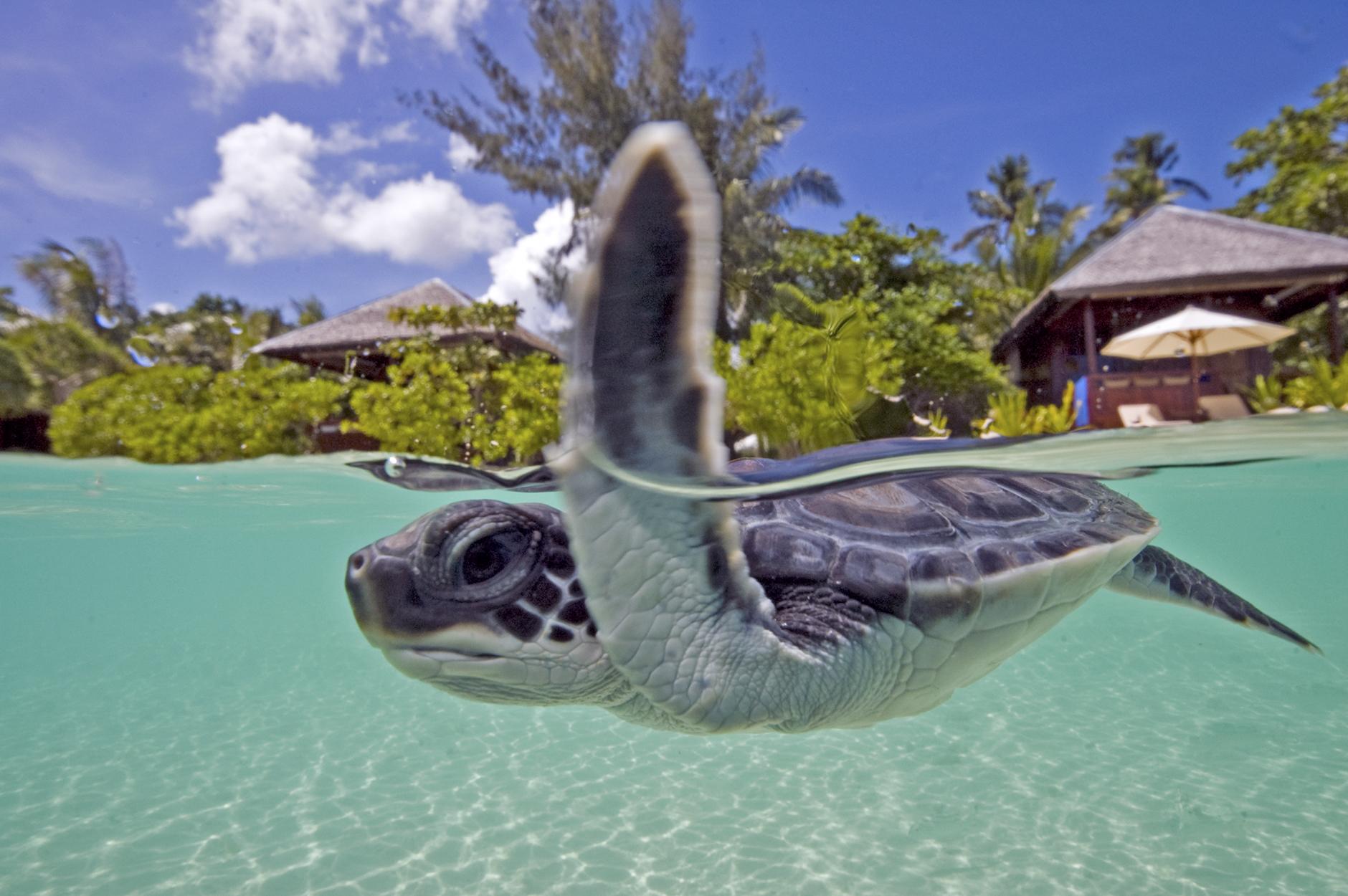
How can you tell different turtle species apart?
One turtle can look much like another if you don’t know what you’re looking for. Thankfully, it’s actually quite easy to tell green and hawksbill turtles apart:
- Hawksbills are true to their name, having a bird-like beak. They also have a pair of aerated plates at the rear.
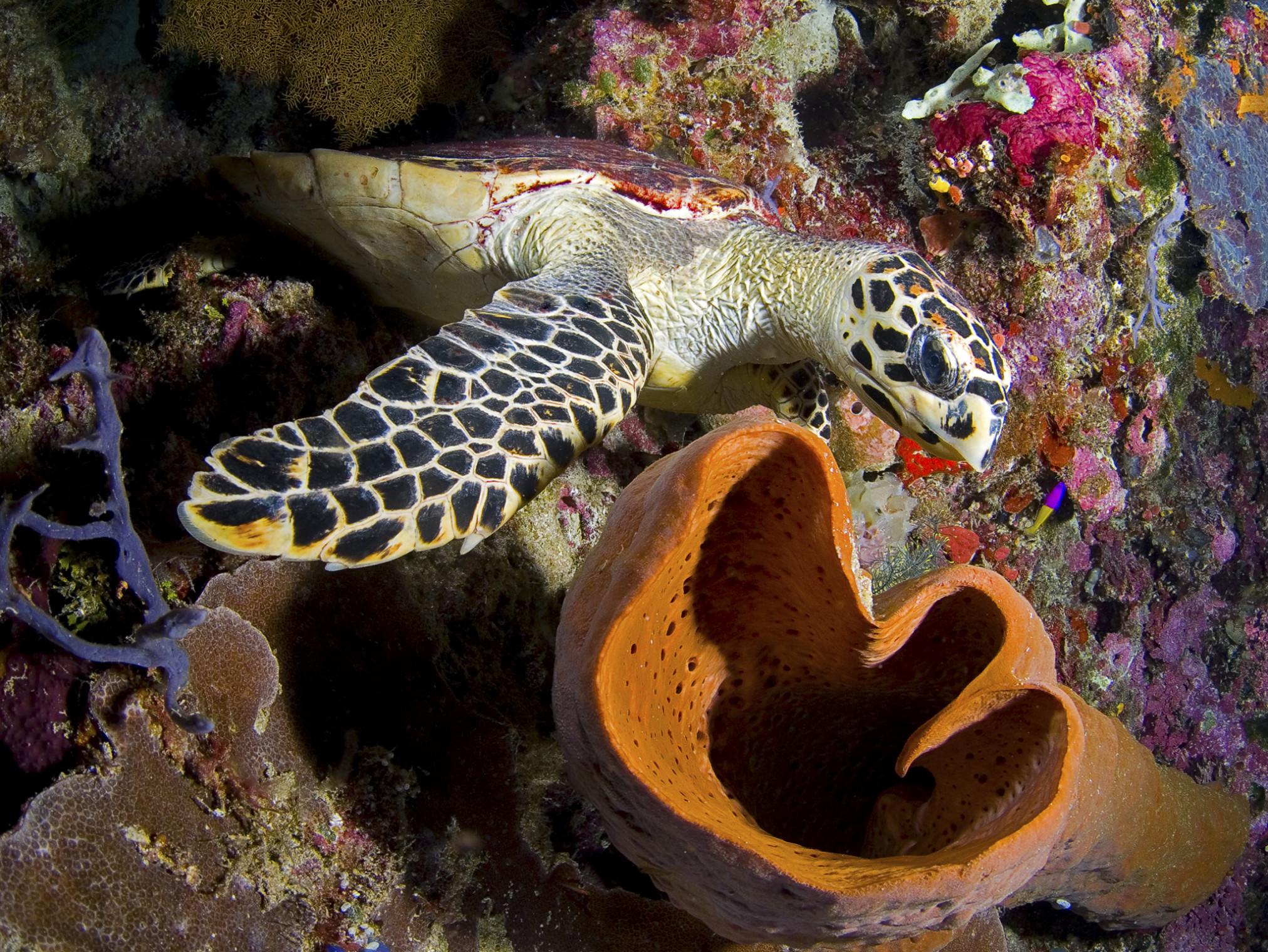
- Greens have a blunt, bullet-shaped head. They also have a smoother trailing edge to their shell.
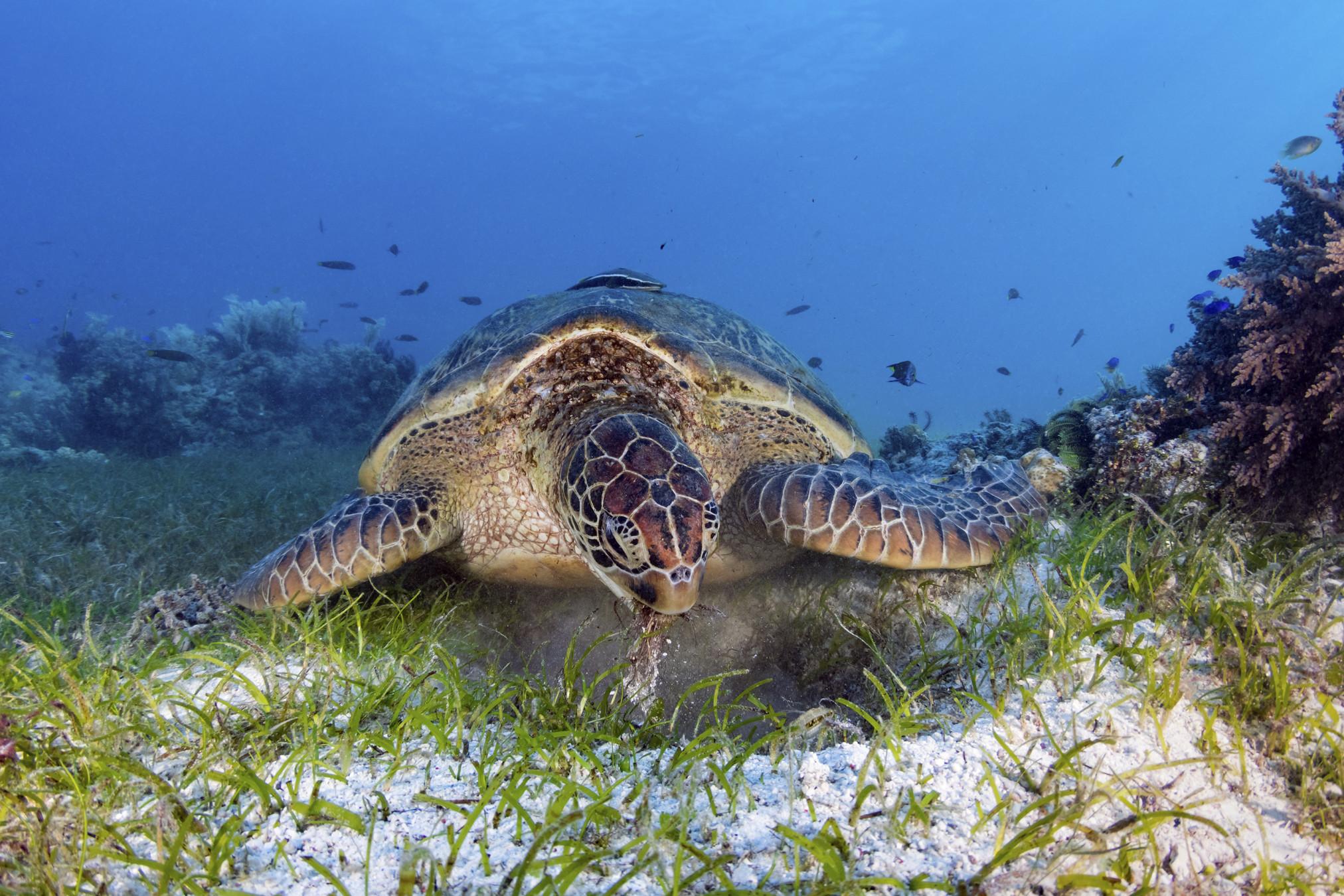
Green turtles are huge, growing to an impressive 5 feet in length and weighing more than 500 lbs. They can take 50 years to reach that size and can live for over 100 years.
Hawksbills are much smaller, around half the size of greens, and live half as long.
Getting up close & personal with sea turtles
There are miles of pristine Wakatobi Resort reefs to explore as you search for turtles amongst the striking coral and sponge formations.
You’re more likely to see Hawksbills up close than greens, as they often share the same sites as divers. They are also less shy, tolerating divers at close range.
It’s very important not to disturb the turtles’ natural behaviours, and the best way to get close to them is to move slowly and deliberately in the water.
If you spot a feeding turtle at the seagrass beds, move slowly to get closer. Take your time, be patient, and wait until the turtle raises its head.
You’ll be able to capture a perfect turtle portrait in the shallows before you know it.
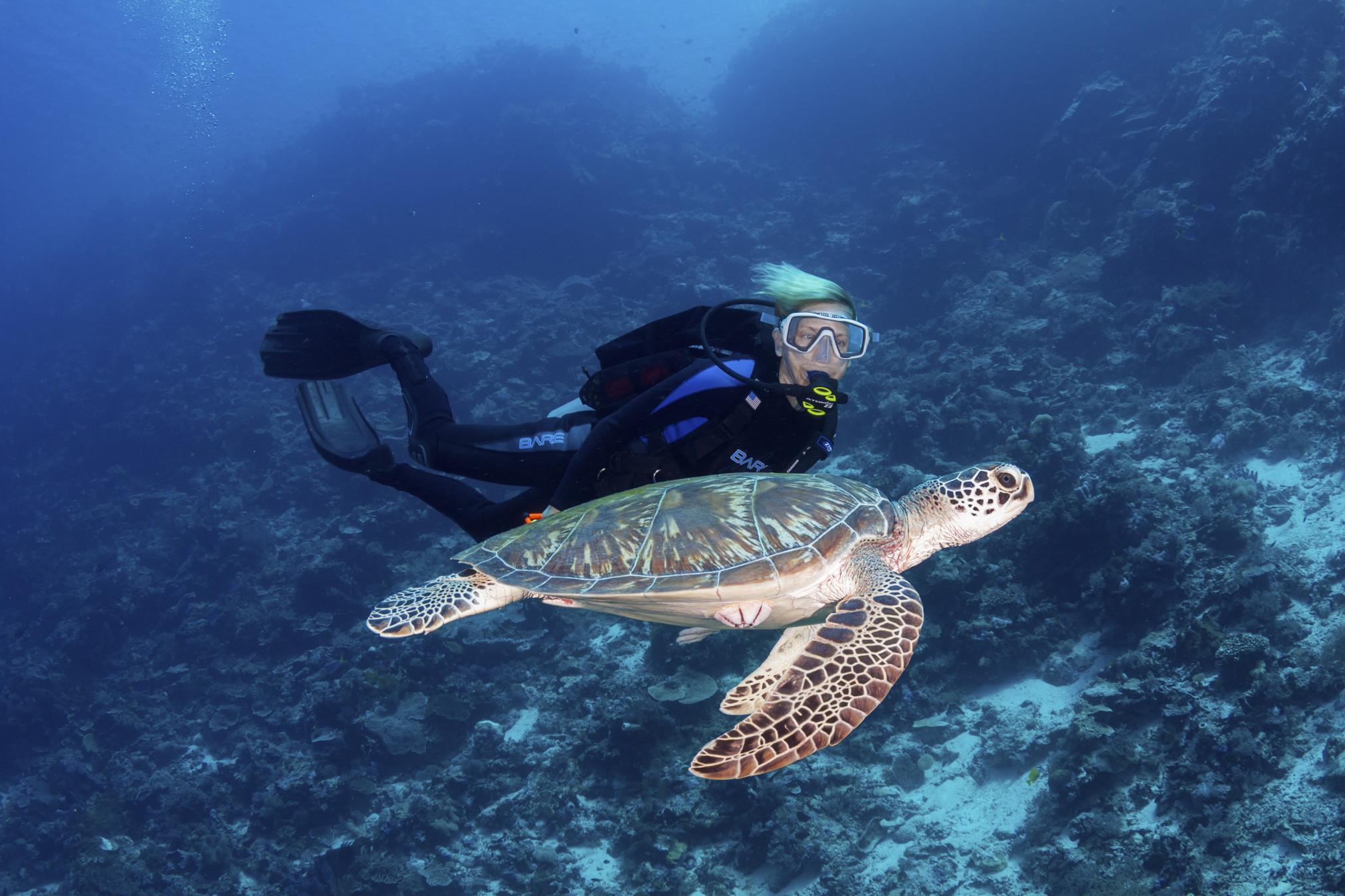
If you see a turtle finning in the water, it’s best to swim parallel to the turtle. Approaching slowly and deliberately from the side will allow you to get closer.
Whatever you do, don’t be intrusive or startle the animal. Turtles can stay underwater for up to 5 hours but they have to surface much sooner if they’re disturbed or stressed.
Why are sea turtles so important?
Sea turtles are amazing animals, playing a vital role in keeping the global ocean healthy.
They help maintain healthy coral reef systems, which provide key habitats for other marine life.
Turtles also have an important role in maintaining flourishing seagrass beds.
When turtles graze seagrass beds, such as those at Wakatobi Resort, they focus on eating the younger, nutritious mid-sections of the blades.
This grazing encourages new seagrass growth, and studies have shown this improves the health and growth of seagrass beds.
Sea turtles have played their vital roles in the ocean for more than 100 million years, but are under serious threat from hunting, plus coral reef and seagrass degradation.
The staff at Wakatobi Resort are working hard to make sure the turtles can thrive for generations to come.
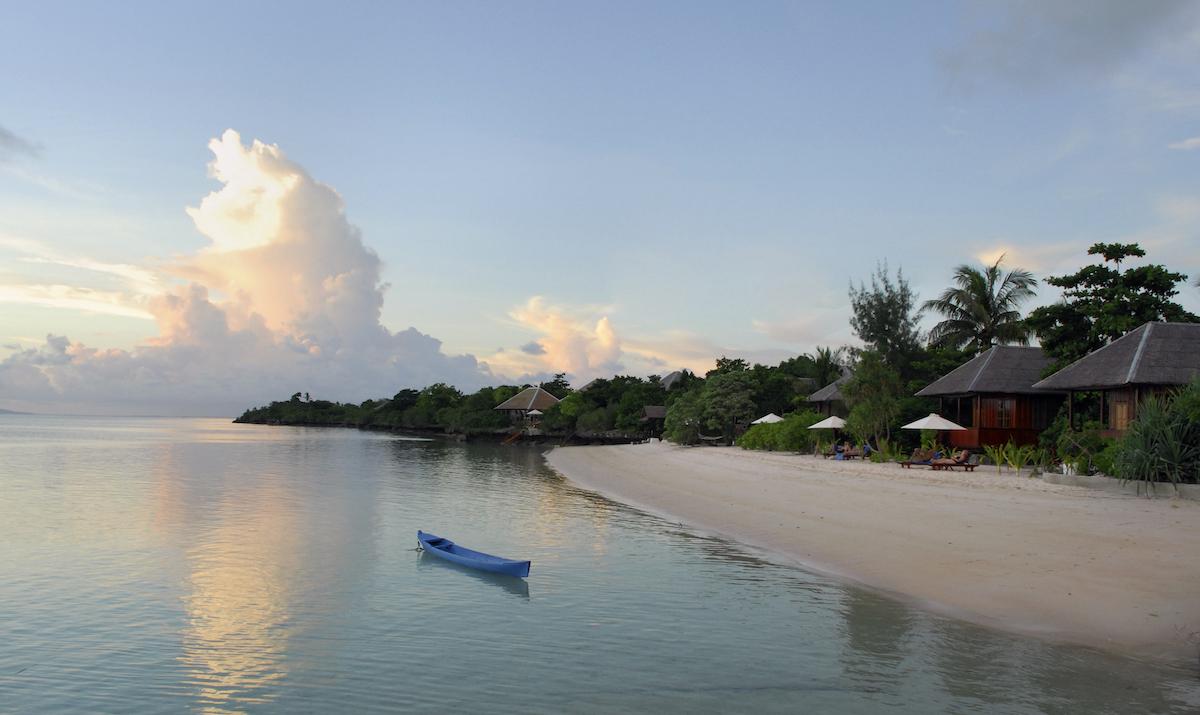
How is Wakatobi Resort saving sea turtles?
Conservation is at the heart of Wakatobi Resort’s ethos, underlying everything the resort does and hopes to achieve.
The Wakatobi Collaborative Reef Conservation Program and on-site turtle nursery are two great example of how this resort is leading the way in sustainable tourism.
The resort maintains a 20 kilometre stretch of reef as a privately-funded turtle nursery program.
Turtle nests on the beach are marked and monitored by staff, and young turtles are raised in holding tanks for their vulnerable first few months of life.
Released at several months old, the turtles have a much greater chance of survival.
Not only can you witness the incredible lives of these turtles at Wakatobi Resort, your stay has a truly positive impact on Wakatobi Resort’s turtle conservation.
